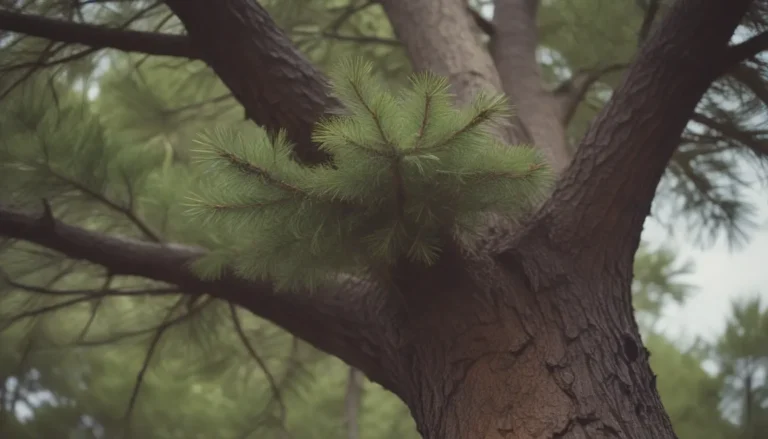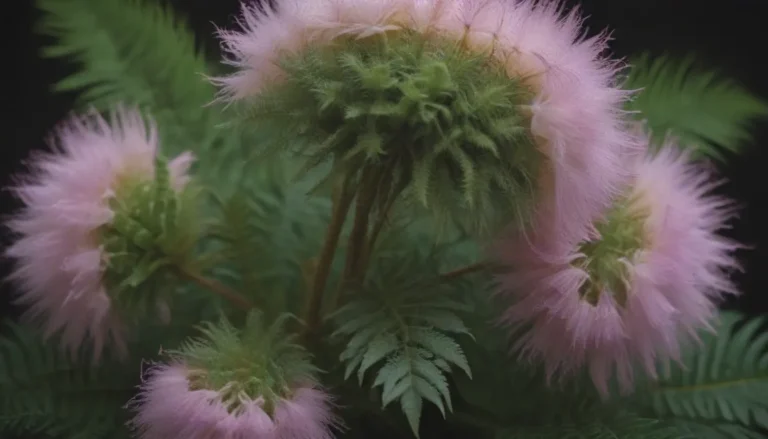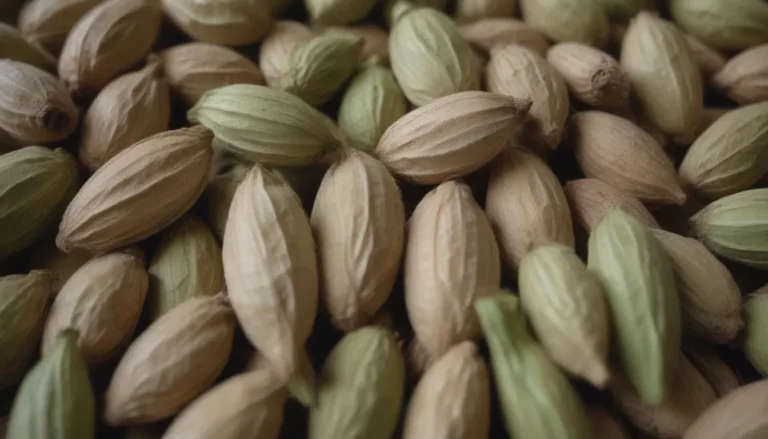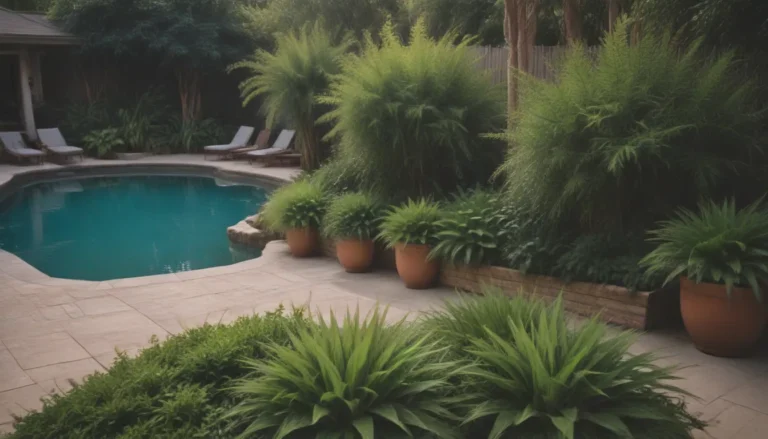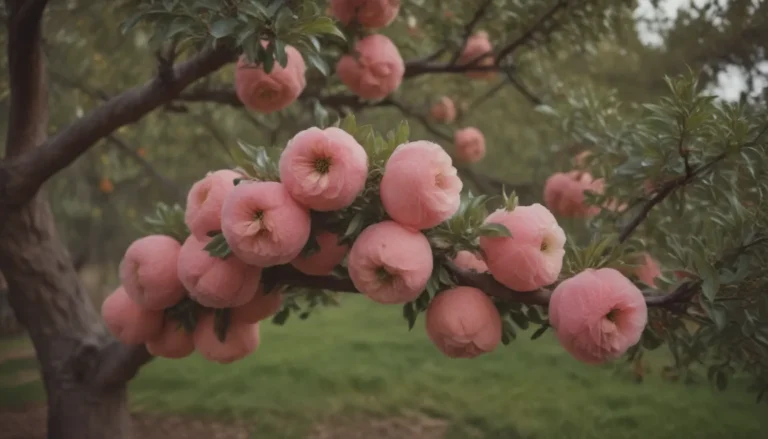Everything You Need to Know About Dog Vomit Slime Mold
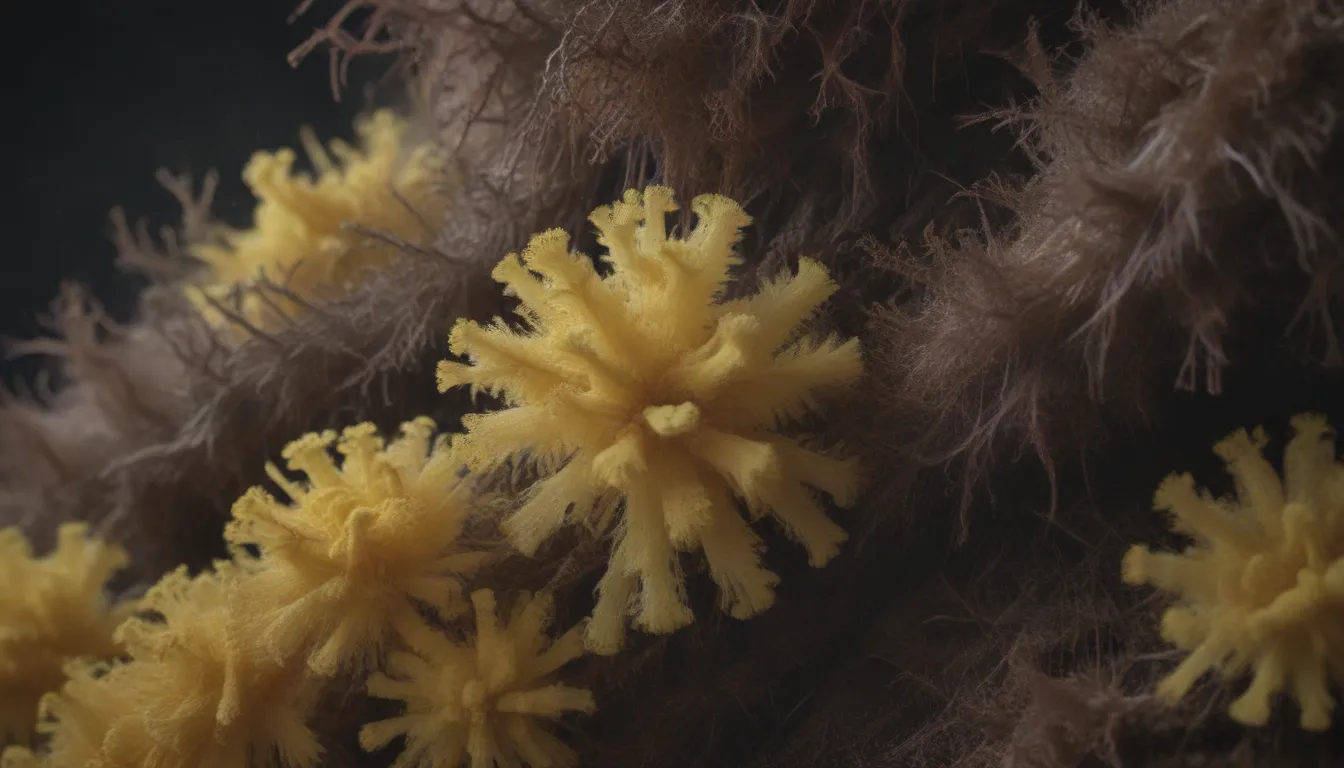
Are you intrigued by the mysterious appearance of neon-yellow goo in your garden? Don’t worry; it might just be dog vomit slime mold! Despite its unappealing nickname and appearance, this organism plays a vital role in the ecosystem. In this comprehensive guide, we will explore everything you need to know about dog vomit slime mold, from its characteristics to care tips.
Understanding Dog Vomit Slime Mold
Dog vomit slime mold, scientifically known as Fuligo septica, is not a fungus as it may initially appear. Belonging to the protist kingdom, it is more closely related to amoebas than fungi. This organism earns its unique nicknames, including “dog vomit” and “scrambled egg slime mold,” due to its light yellowish, scrambled egg-like appearance.
Saprophytic in nature, dog vomit slime mold thrives on decaying organic matter, making it a valuable decomposer in the environment. You can often find it in moist, shady areas, such as mulch beds, rotting logs, leaf litter, and untreated lumber. While its sudden appearance may startle you, rest assured that dog vomit slime mold is harmless to plants and animals.
Benefits of Dog Vomit Slime Mold
Contrary to its off-putting name, dog vomit slime mold offers several benefits to the environment. As a natural decomposer, it breaks down organic material, enriching the soil with nutrients. Scientists have also discovered its ability to convert heavy metals in the environment into inert substances.
Furthermore, researchers are exploring the potential of dog vomit slime mold in various applications, including antibiotics, cancer treatment, antimicrobials, and heavy metal chelation. This fascinating organism has much to offer beyond its initial impression.
Caring for Dog Vomit Slime Mold
Dog vomit slime mold requires minimal care and can thrive on its own in suitable conditions. Here are some essential care tips to ensure the well-being of this unique organism:
- Light: While dog vomit slime mold commonly appears in shady areas, it can also thrive in sunny spaces.
- Soil: Look for dog vomit slime mold on mulch or decaying organic matter.
- Water: These slime molds prefer wet conditions and moist substrates. Germination often occurs after heavy rain, and lack of moisture can cause the fruiting body to deteriorate.
- Temperature and Humidity: Dog vomit slime mold thrives in warm temperatures (60-80°F) and humid conditions.
- Fertilizer: As saprophytes, slime molds feed on decaying organic matter and do not require additional fertilizer.
Controlling Dog Vomit Slime Mold
While dog vomit slime mold is generally harmless, you may wish to minimize its presence in your garden. Here are some strategies for controlling dog vomit slime mold:
- Scoop It Out: Use a shovel to remove the top layer of mulch where the slime mold is growing and dispose of it properly.
- Scrape It Off: For slime mold on lumber or tree stumps, gently scrape it away and dispose of it.
- Rake It Away: If the slime mold appears in your lawn or plants, carefully rake it out to prevent smothering.
- Avoid Water: Refrain from using a strong jet of water to dislodge slime mold, as it may spread the spores.
- Switch to Inorganic Mulch: Consider using inorganic mulch, such as gravel, to deter the growth of dog vomit slime mold.
Remember, dog vomit slime mold serves a valuable purpose in the ecosystem, so it’s best to coexist peacefully with this fascinating organism.
Conclusion
Dog vomit slime mold may not be the most aesthetically pleasing sight in your garden, but it plays a crucial role in nature’s balance. By understanding and appreciating the unique characteristics of this organism, you can foster a more harmonious relationship with the natural world around you.
Next time you encounter dog vomit slime mold, remember its beneficial qualities and the valuable contributions it makes to the environment. With a little care and acceptance, you can embrace the fascinating world of dog vomit slime mold and its intriguing role in the ecosystem.
Embrace the uniqueness of dog vomit slime mold and marvel at the wonders of nature’s diversity!
